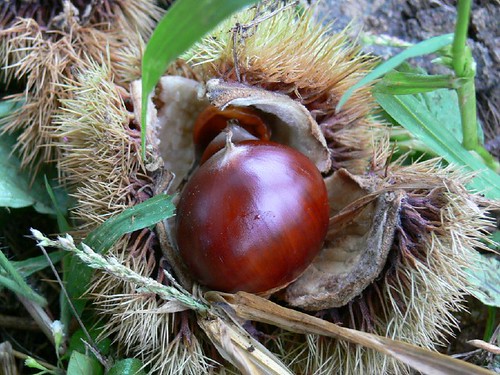Speakeasy
Speakeasies had been secret bars that emerged through the Prohibition period in the United States (1920-1933), when the sale and consumption of alcoholic drinks had been illegal. The time period "speakeasy" is believed to have originated from patrons talking quietly to keep away from drawing attention to these illicit institutions.
Here are some key points about speakeasies:
- Origin: Speakeasies turned popular within the Nineteen Twenties, offering a hidden space for people to assemble, socialize, and devour alcohol.
- Access: Many speakeasies required a password or secret knock for entry, including an air of exclusivity.
- Atmosphere: These venues often featured jazz music and dance, reflecting the cultural dynamism of the Roaring Twenties.
- Influence: The speakeasy development has influenced fashionable bar tradition, with many contemporary establishments drawing inspiration from their aesthetic and clandestine vibe.
Today, the time period "speakeasy" is often used to explain bars that evoke a vintage atmosphere, with carefully crafted cocktails and a hidden or discreet entrance.
During the Prohibition era in the United States, a speakeasy emerged as a secret bar or nightclub the place alcoholic beverages had been unlawfully offered and consumed. These hidden venues played a crucial role within the social scene of the time, offering a place for people to assemble, get pleasure from leisure, and escape the restrictions imposed by the government.
Speakeasies typically required patrons to use a password or know a particular knock to realize entry, emphasizing the clandestine nature of those institutions. Jazz music and dancing have been central to the speakeasy experience, reflecting the cultural vibrancy of the Nineteen Twenties.
Today, the term "speakeasy" is usually used to explain bars that evoke a vintage or prohibition-era aesthetic, usually that includes classic cocktails and a hidden or exclusive feel, allowing people to bask in a way of nostalgia while enjoying a good drink.
A speakeasy refers to hidden bars that grew to become popular in the course of the Prohibition era in the United States (1920-1933). These establishments illegally bought alcoholic beverages whereas maintaining a clandestine ambiance.
History of Speakeasies
During Prohibition, when the sale of alcohol was banned, speakeasies emerged as secret venues the place people might socialize and drink. To keep discretion, patrons often used codes or particular phrases to realize entry.
Characteristics of Speakeasies
Modern speakeasies typically mimic the classic style of the unique venues. Key options include:
- Hidden entrances: Many are positioned behind unmarked doorways or in basements.
- Classic cocktails: These bars usually supply a menu of craft cocktails.
- Intimate environment: Dim lighting and classic decor create a comfortable, secretive vibe.
Speakeasies Today
While the unique speakeasies had been born out of necessity throughout Prohibition, today’s institutions rejoice that historical past. They provide a nostalgic expertise, often accompanied by stay music or themed nights, OP permitting patrons to escape the modern world and luxuriate in a taste of the past.

